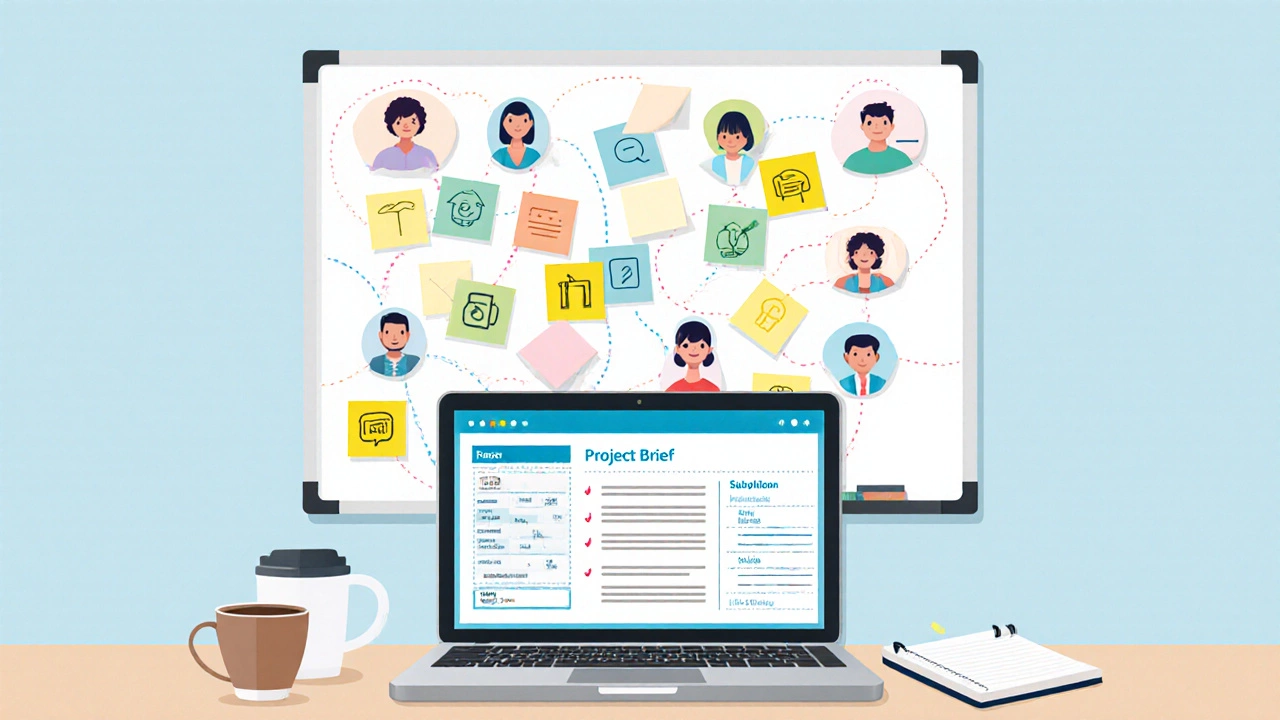
Platform Security: Protecting Online Learning and Coding Platforms
When you hear the term platform security, the set of measures that keep digital services safe from attacks and data leaks. Also known as system security, it covers everything from user authentication to network defenses, the concept is the backbone of any modern education or tech service. In the world of cybersecurity, the broader field of protecting computers, networks, and data, platform security is the specific layer that ensures each website, app, or cloud‑based tool stays trustworthy for students, teachers, and developers alike. Two other pillars—data privacy, the practice of handling personal information with consent and encryption and authentication, the process of verifying a user’s identity before granting access—are inseparable from a solid security posture. Together they create a safety net that lets you study math on a cloud lab, code on a phone, or earn a Coursera certificate without fearing a breach.
Why Platform Security Matters for Learners and Educators
First, platform security encompasses data privacy. When a student logs into an online tutoring portal, the platform must encrypt personal details—name, email, performance data—so that no outsider can harvest them. Second, robust authentication requires multi‑factor checks, limit login attempts, and secure password storage, preventing credential stuffing attacks that could lock a whole class out of a mock exam. Third, the broader field of cybersecurity influences platform security decisions; threat intelligence feeds tell a coding‑on‑mobile app when a new malware variant targets Android IDEs, prompting an immediate patch. Practical steps for any education‑focused platform start with a zero‑trust mindset: assume every request could be hostile until proven otherwise. Deploy TLS/SSL across the entire site, encrypt data at rest in cloud storage, and enforce role‑based access so teachers can edit courses but not alter system settings. Regularly scan code repositories for vulnerable libraries—especially when offering “learn to code on your phone” tutorials—because an outdated package can become a backdoor for attackers. Finally, adopt automated patch management for the underlying cloud infrastructure; a missed update in a virtual machine can expose the whole learning ecosystem to ransomware. The landscape keeps shifting. AI‑driven phishing attacks now mimic official college communications, while zero‑trust networking models promise tighter control over who can reach your APIs. For anyone building or using online skill courses, mobile coding tools, or credential‑granting platforms, staying ahead means understanding how platform security intersects with everyday features. Below you’ll find a curated set of articles that break down related topics—ranging from the easiest online skills to learn, to the reliability of Coursera certificates, to secure ways of coding on a smartphone. Dive in to see actionable advice, real‑world examples, and the latest trends that keep your digital classroom safe.
